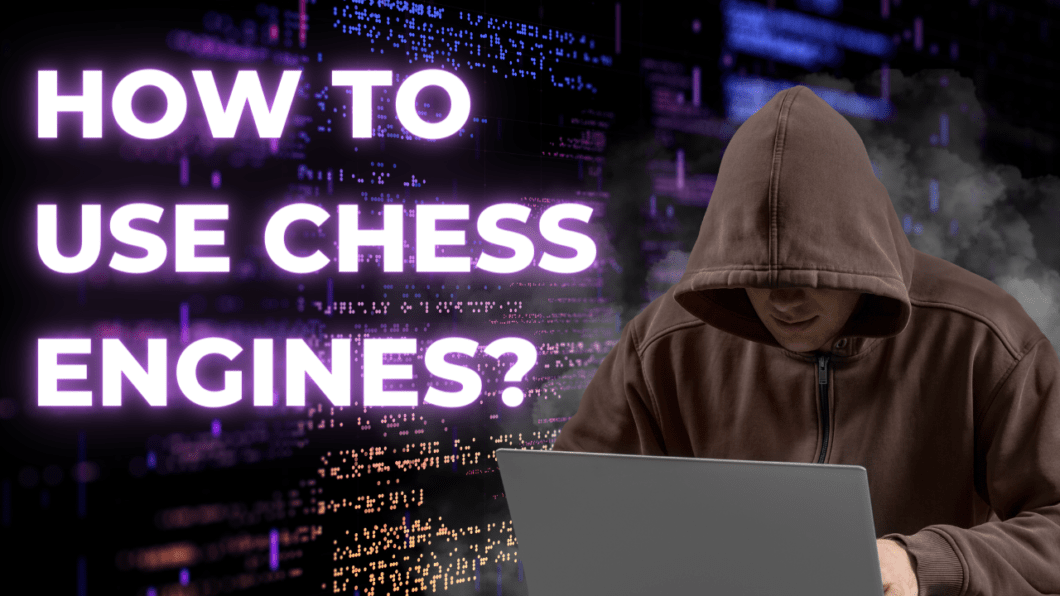Introduction
Even though chess engines are a very powerful 1 tool for analyzing chess positions, many people 2 are struggling with their use. In this article, aptly titled How To Use Chess Engines, I am going to write about the method I use when analyzing chess positions with the engine – the so-called Method of Comparison.
What is the Method of Comparison?
So what exactly is the method of comparison? As its name suggests – it is a method of analyzing position where you compare two chess variations that start with a different initial move, but then feature a sequence of identical moves. Essentially, the point is to compare two virtually identical positions that have one “small” difference (such as a pawn or a piece on a different square) and to understand why a certain continuation is very strong in one case and not so strong in another case. Basically, it provides an answer to the question: “Wait, why does THIS move work HERE and not THERE?”
The method of comparison allows you to dig deeply into the position and understand it better, while also appreciating/discovering key ideas whose significance might become obvious only much later in a certain variation. And even though it can be used even when you are analyzing on your own, I think it is very suitable when you are working with a chess engine. Our silicon friend often shows us “disgusting engine lines” we don’t fully understand. The method of comparison can help us ask all the right questions and understand these lines – and the entire position – much better.
The Method of Comparison in Action
In the very likely case that you didn’t get any of what I wrote above, allow me to demonstrate the use of the Method of Comparison on a concrete example – the game seven of the 2023 World Chess Championship between Ding Liren and Ian Nepomniachtchi 3 This game was my inspiration for this article because it featured an incredibly deep move 41, whose point I didn’t grasp at all at first glance – but only after I used the method of comparison to unravel its hidden points.
(Study is also available for free here )
My Youtube Video On The Topic
ChessDojo Youtube Video On The Topic
Definitely more broader, but probably also much more comprehensive and understandable video on the topic of using chess engines by ChessDojo:

